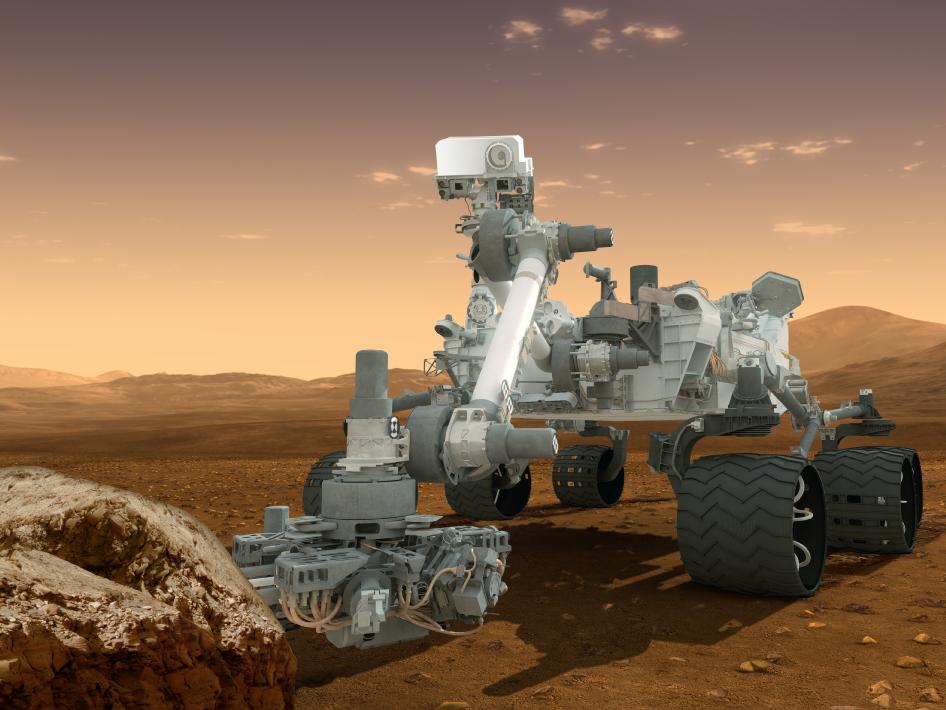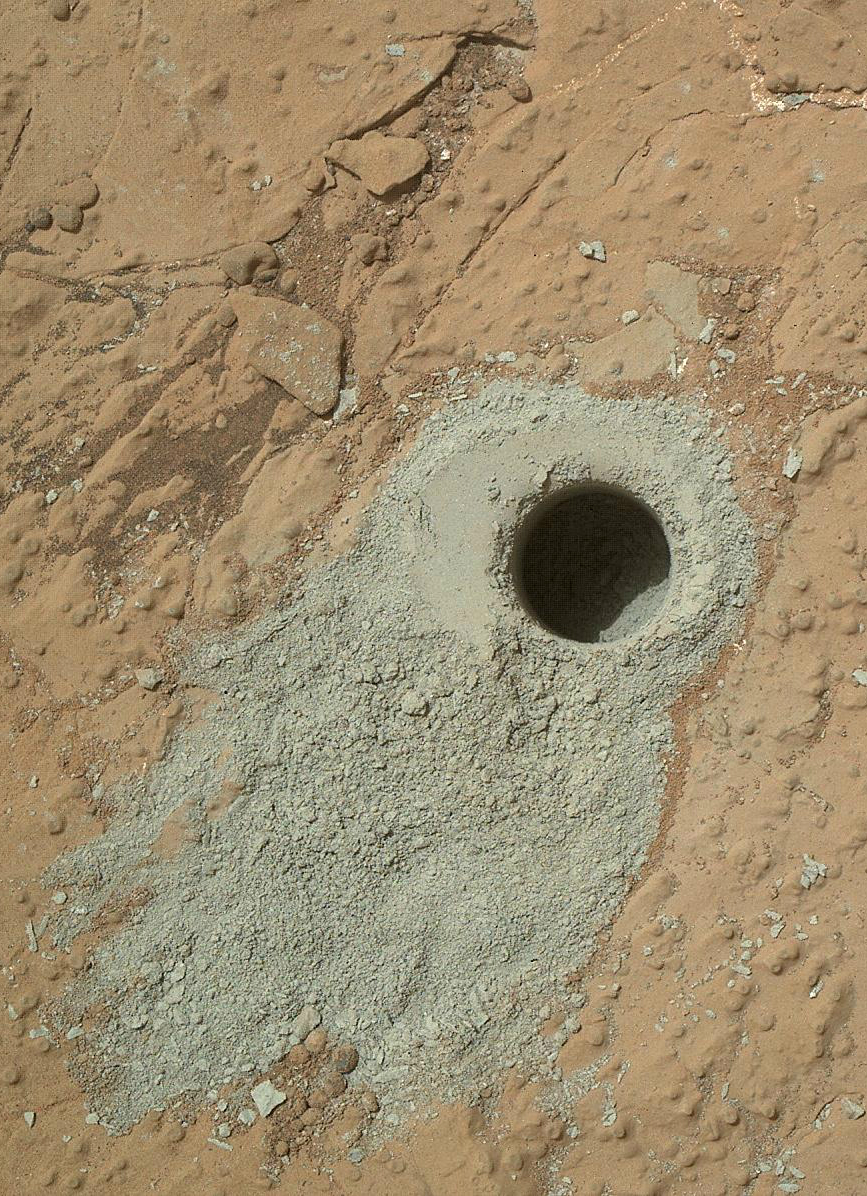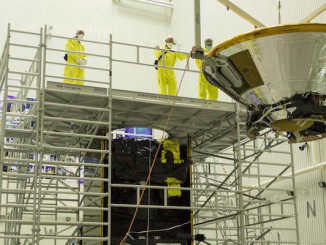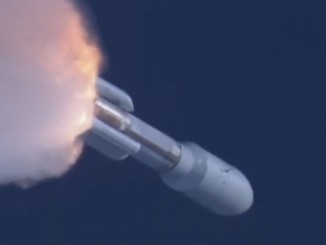STORY WRITTEN FOR CBS NEWS “SPACE PLACE” & USED WITH PERMISSION

Carefully analyzing data collected by NASA’s Mars Curiosity rover, scientists discovered a sudden, unexpected spike in methane levels in the martian atmosphere over a two-month period one year ago, researchers announced Tuesday.
The roving science lab also has made the first definitive detection of organic molecules in surface rocks, adding additional support for the emerging picture of Mars as a once habitable planet.
“We now have full confidence that there is methane occasionally present in the atmosphere of Mars, and that there are organics preserved in ancient rocks on Mars in certain places,” said John Grotzinger, the Curiosity principal investigator. “This is important. Methane in the atmosphere and organics in ancient rocks are important because … they can both be consistent with the former presence of life or the existing presence of life.”
But simply detecting methane in the martian atmosphere “is not an argument that we have found evidence of life on Mars,” Grotzinger told reporters at the American Geophysical Union’s Fall meeting in San Francisco. “But it is one of the few hypotheses that we can propose that we must consider as we go forward in the future.”
Likewise, the definitive detection of organic molecules “is also not an argument that there was once life on ancient Mars,” Grotzinger said. “But it is the kind of material you would look for if life ever originated on Mars. So organics of any kind, even abiotically produced organics, are the kinds of things we need to look for if we are ever going to find evidence that microbes once existed on Mars.”

The average background level of methane in the martian atmosphere is about .7 parts per billion, a level that represents about 5,000 metric tons dispersed throughout the planet’s atmosphere. In contrast, methane levels in Earth’s atmosphere amount to some 500 million tons.
But during a two-month period at the end of 2013 and the beginning of this year, Curiosity measured a 10-fold increase in martian methane levels, a sudden jump up to an average of 7.2 parts per billion. During a subsequent measurement six weeks later, the methane was back at background levels.
Sushil Atreya, a member of the Curiosity science team at the University of Michigan, said there were at least three potential sources of martian methane.
It could be the result of solar ultraviolet radiation acting on organic compounds deposited on the surface by cosmic dust or micrometeoroids, he said. Or, it might be the result of non-biological processes in the distant past involving water and certain minerals. The methane then could have been locked up in “clathrate” compounds that later made it to the surface and broke down, releasing the gas.

The third possibility is the methane was produced by some sort of microbial activity, either ancient or modern. If the former, the methane could have been stored in clathrate compounds in the same fashion as non-biological sources.
“The sudden spike in methane that we’re seeing over a two-month period, that represents a burp of methane from either a modern source or leakage of methane from (subsurface) storage,” Atreya said. “The fact that methane was at the background level, it suddenly went up, came back down to the background level as suddenly, indicates the source must be relatively localized and small.”
While the details remain to be worked out, “all these observations that we have over a two-year period, they are strongly suggestive that Mars is currently active,” he said.
Asked to speculate on which source — biology, geology or surface breakdown — might be the more likely explanation, Grotzinger said “there’s no way to quantify that.”
“We just have to respect it is a possibility, and it’s our responsibility to basically go through and falsify all the other abiologic hypotheses to result in one that is,” he said. “But what we feel this data is most valuable for is for encouraging the future. Because we are seeing signals here, it’s worth coming back and doing more work.”



